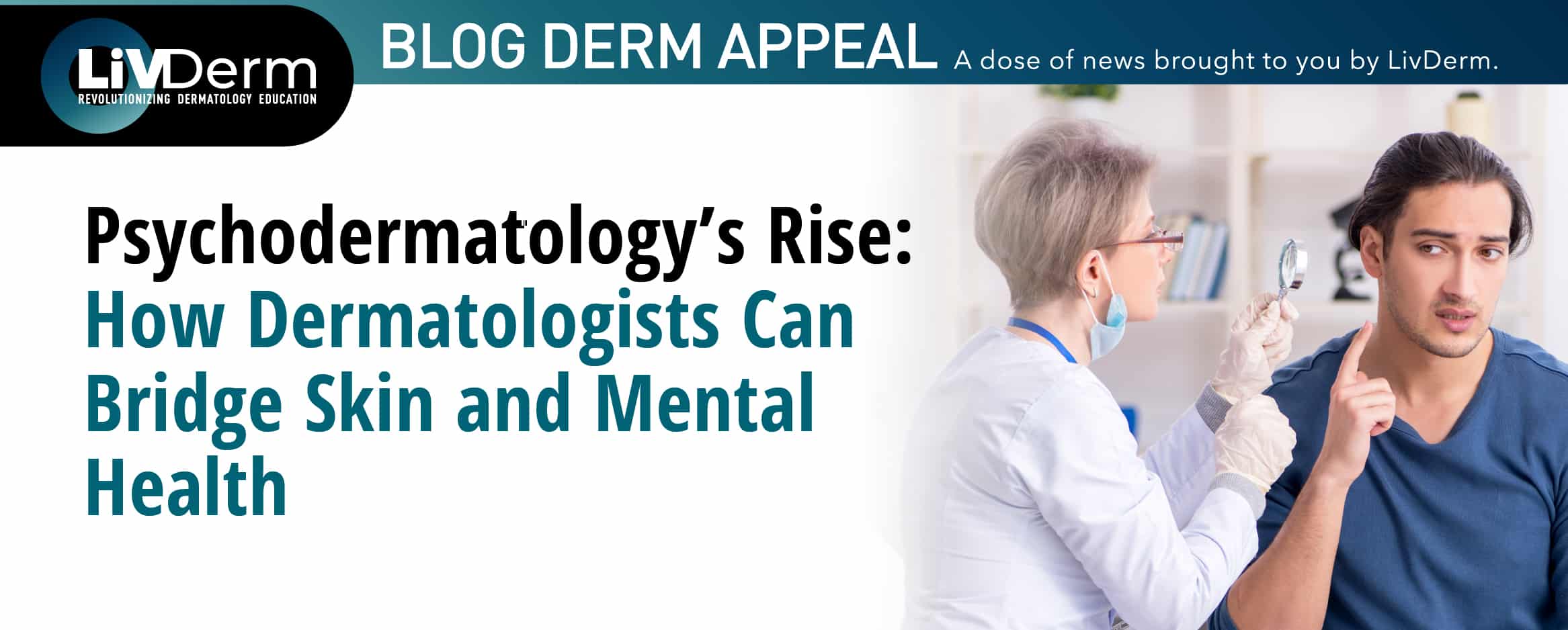There are numerous options for post-procedural skincare – including the use of antiseptic and antibacterial compounds, ointments, gels, and specially crafted skin-soothing products – however, there is yet to be a consensus on which formulation should be used to optimize the skin healing process. Clinicians and researchers aim to identify the most appropriate and efficacious treatment methods for patients who often require products that can assist skin recovery and reduce downtime following more invasive procedures.
After ablative laser resurfacing treatments, many patients are prescribed petrolatum-based ointments to assist in skin healing, although silicone gels may carry similar, if not increased, benefits, according to research published in the Journal of Cosmetic Dermatology.
Previously, silicone gels have only been used in the treatment of keloids and hypertrophic scars, typically applied after the wound has healed. Contributing to the growing body of research on optimal skin healing, the recent study examined and compared classic petrolatum-based ointments and silicone gels with the healing response achieved after fractional ablative erbium laser resurfacing treatment.
Skin Healing Methods after Laser Resurfacing
Led by Dr. Lindsey Yeh, a team of researchers evaluated a cohort of ten patients who underwent fractional ablative erbium laser resurfacing (Erbium:YAG). In the open-label, split-face study, patients either received a petrolatum-based ointment or silicone gel to apply to either the right or left side of the face, twice a day for a period of seven days. Participants were evaluated in person at 7, 30, and 60 days after the procedure. During evaluations, patients reported levels of pain, itch, tightness, and perceived overall aesthetic outcomes using the Global Aesthetic Improvement and Wrinkle Severity Rating scales.
According to the study’s authors, all participants’ treatment areas healed without complications. At the point of the 60-day evaluation, both petrolatum-based and silicone dressing approaches were found to have delivered the same results. Although, patients who applied silicone gel experienced reduced post-treatment erythema and hyperpigmentation compared with those treated with the petrolatum-based ointment.
Benefits of Silicone Gel over Standard Treatments
Researchers found that the novel silicone gel reduced signs of erythema and hyperpigmentation in patients post-Erbium:YAG procedures. There was no increase in adverse events reported compared with the standard petrolatum-based ointment. In addition, patients who applied the silicone gel were able to cover the skin with sunscreen and cosmetics as it dries to form a thin film, which allowed them to resume normal activities sooner. “The silicone has also been shown to reduce the recovery time as well as symptoms such as itching and erythema after a treatment,” Dr. Yeh told Dermatology Times .
Clinicians may also consider utilizing both methods. As Dr. Yeh explains,“I do recommend silicone gel post-procedure; however, do always give patients the option of applying a petrolatum-based ointment. I sometimes also start with a petrolatum-based ointment for the first few days after the procedure and transition to the silicone gel.” Nonetheless, patients who have had experience with both treatment options for post-procedural skin healing tend to prefer the silicone gel, according to Dr. Yeh.
Based on the latest findings, the authors conclude that the novel silicone gel is a good alternative for post-treatment care after ablative fractional laser resurfacing. However, further investigation is necessary to determine the most effective treatment method for optimal post-procedural skin healing, as this study only compared the aforementioned two products. In addition, the latest trial was both small in scale and short in duration, necessitating supplementary evidence to conclusively determine the efficacy and benefit of silicone gel over petrolatum-based ointments in supporting the skin healing process.















